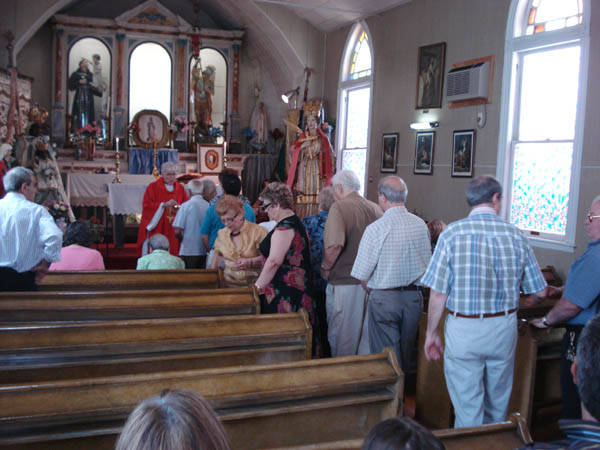Sacred Space, Real Estate, and the Enacted Environment
Barbara emailed me in the summer asking “How do we go about making a Catholic church in Brooklyn a landmark?” Her email continued:


In Hoboken, I encountered a somewhat different situation. Sicilian immigrants incorporated a lay volunteer association, the Societá di Mutuo Soccorso Santa Febronia Patti e Circondario, in 1922 to honor the third century martyr St. Febronia and the Madonna of Tindari, constructing a freestanding chapel at 557 Fifth Street. The society sponsored processions for the two scared patronesses but the aging and dwindling membership find the task beyond its means.
The Catholic chapel in Hoboken, on the other hand, is owned by a lay organization not the diocese of Newark. During the great wave of Italian immigration, similar chapels caused great consternation for Father Dominic Marzetti, pastor of Hoboken’s St. Francis Church, who wrote Bishop Winand Michael Wigger on August 9, 1898 expressing his concern about the “contagious fever of building private chapels” among the city’s Italian immigrants (Silvano Tomasi, Piety and Power: The Role of Italian Parishes in the New York Metropolitan Area. 1975). These alternative places of worship were beyond clerical oversight.






































i-Italy
Facebook
Google+
This work may not be reproduced, in whole or in part, without prior written permission.
Questo lavoro non può essere riprodotto, in tutto o in parte, senza permesso scritto.